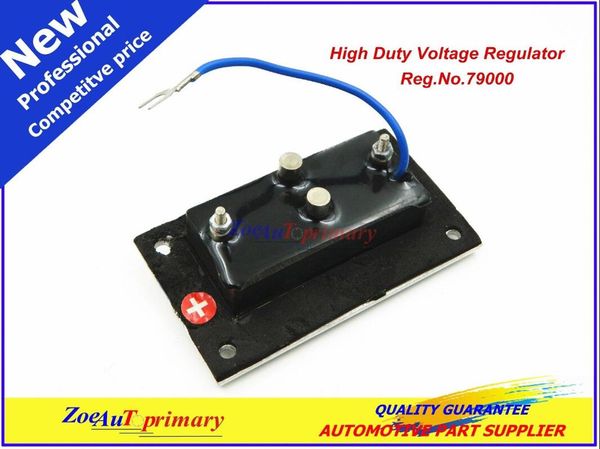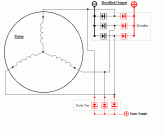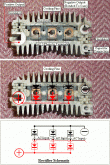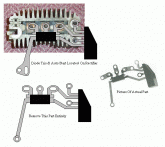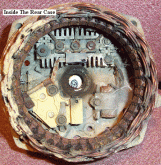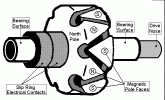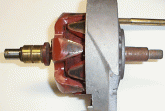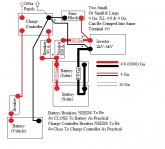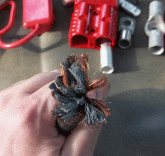JeepHammer
Solar Wizard
- Joined
- Nov 15, 2019
- Messages
- 1,149
Having rebuilt Alternators for a living,
I would like to pass along something that fits the needs of DIY types quite well in my experience.
This is a Leece-Neville alternator...
And it has some interesting features that DIY types will find interesting, and they are in salvage yards everywhere being used on large vehicles from the 70s to present.

1. Being available in 6, 8, 12, 18, 24, 36, 48 and 56 volts, 60 to 300 Amps.
This makes them comparable with about any battery string voltage or amperage.
2. Adjustable voltage regulator,
3. Isolated Negative, the alternator frame/mounts aren't 'Grounded', so reverse polarity is easy,
4. Easy to add a second rectifier externally, outside the case in the back, when you want to heavy load the generator,
5. External AC taps, direct access to AC production (high frequancy AC welders sould take note, speciality welding is possible),
6. External voltage regulator, it's simple to take control of the rotor or switch back to regulator.
7. There is enough room in the case to rewind for higher voltages or amperages.
8. Available in both common or 'Flat' mount versions.
Flat mount version,
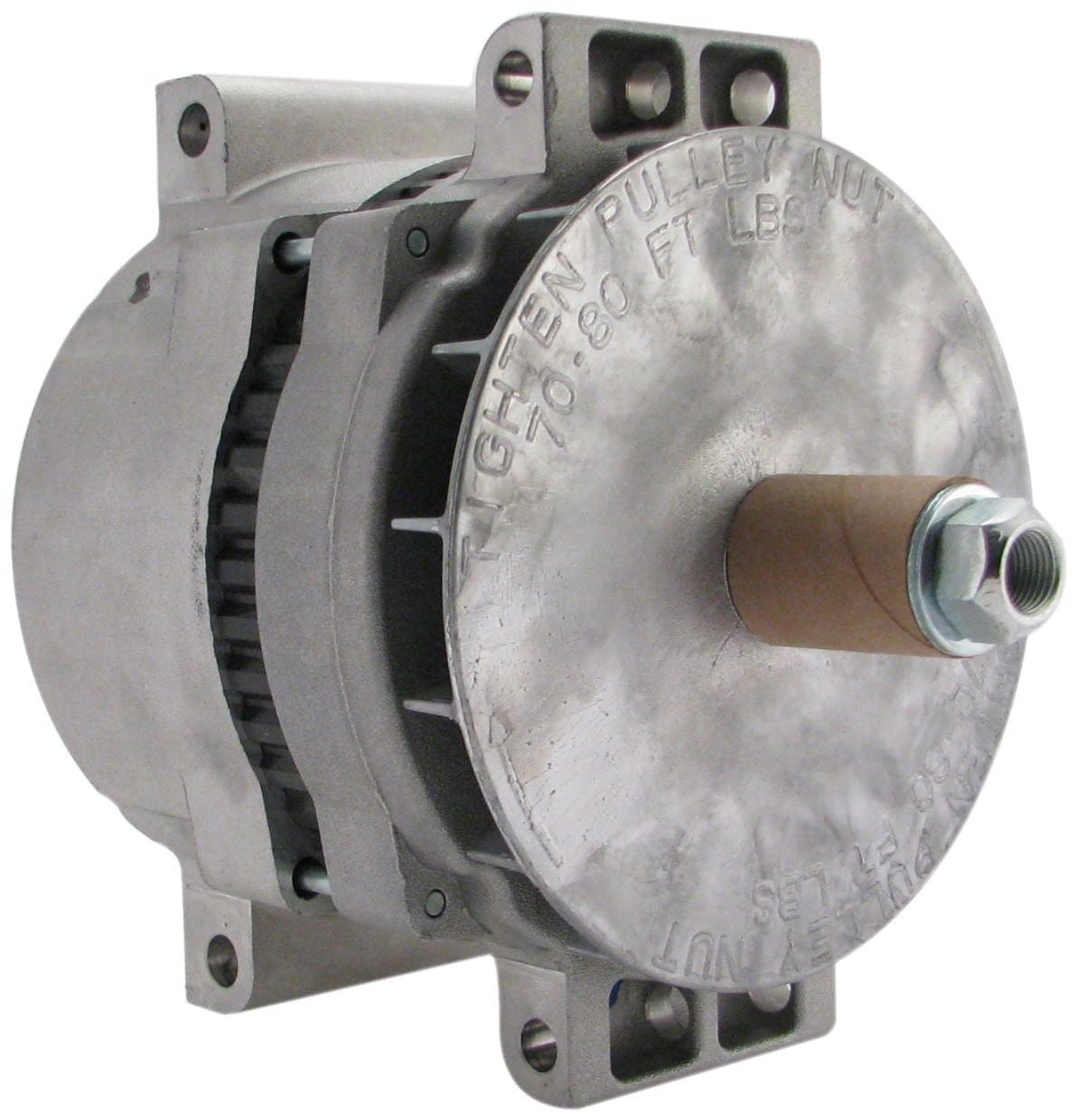
I would like to pass along something that fits the needs of DIY types quite well in my experience.
This is a Leece-Neville alternator...
And it has some interesting features that DIY types will find interesting, and they are in salvage yards everywhere being used on large vehicles from the 70s to present.

1. Being available in 6, 8, 12, 18, 24, 36, 48 and 56 volts, 60 to 300 Amps.
This makes them comparable with about any battery string voltage or amperage.
2. Adjustable voltage regulator,
3. Isolated Negative, the alternator frame/mounts aren't 'Grounded', so reverse polarity is easy,
4. Easy to add a second rectifier externally, outside the case in the back, when you want to heavy load the generator,
5. External AC taps, direct access to AC production (high frequancy AC welders sould take note, speciality welding is possible),
6. External voltage regulator, it's simple to take control of the rotor or switch back to regulator.
7. There is enough room in the case to rewind for higher voltages or amperages.
8. Available in both common or 'Flat' mount versions.
Flat mount version,

Last edited:




